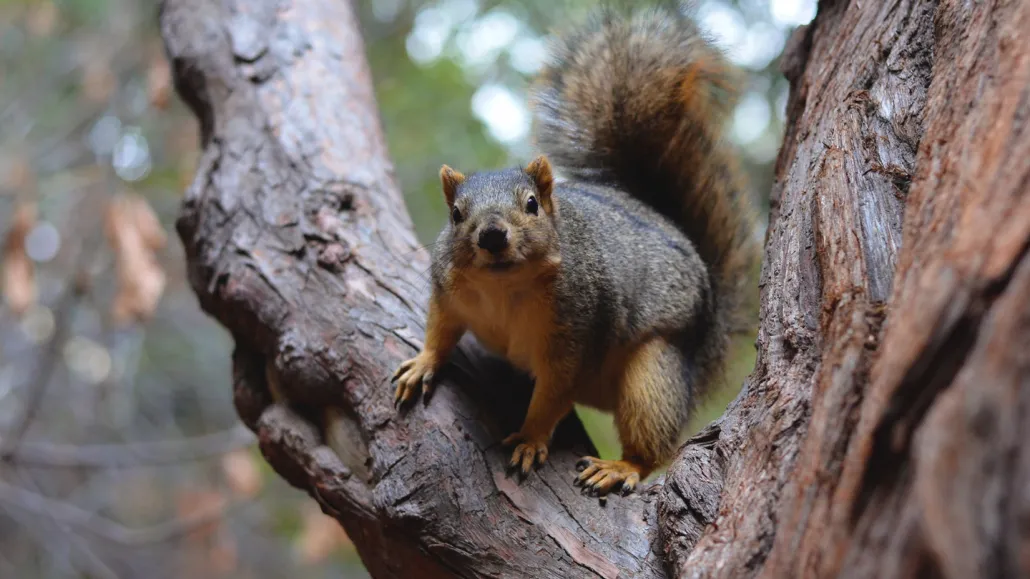
Fox squirrels (Sciurus niger) are arboreal acrobats, capable of jumping quickly from tree limb to tree limb. New research shows how these rodents land their leaps.
Judy Jinn, UC Berkeley

Fox squirrels (Sciurus niger) are arboreal acrobats, capable of jumping quickly from tree limb to tree limb. New research shows how these rodents land their leaps.
Judy Jinn, UC Berkeley